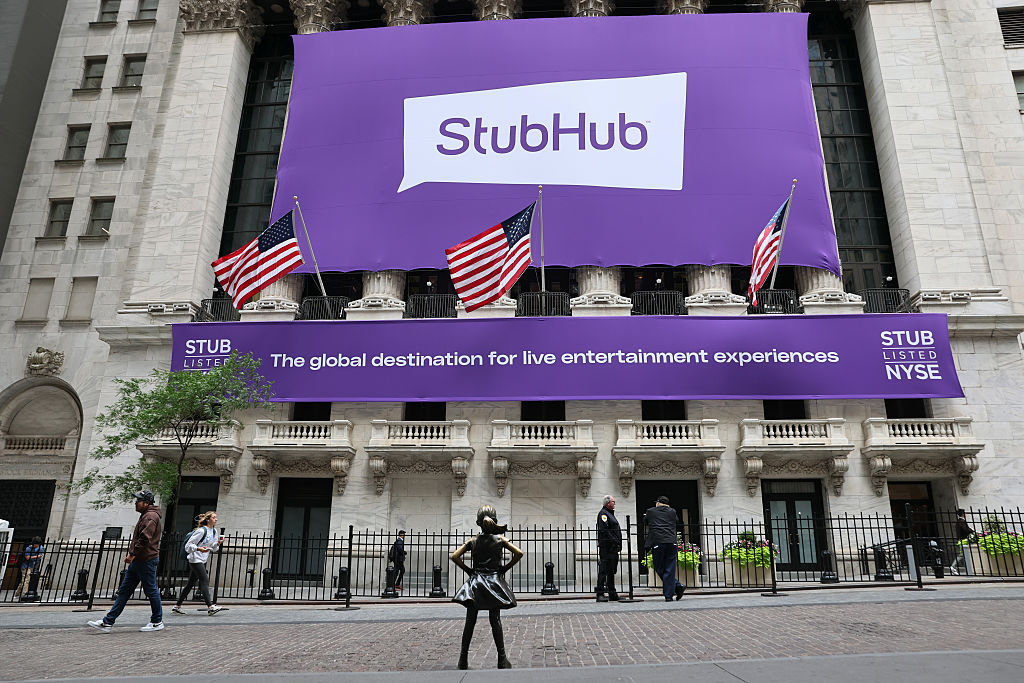In a significant policy shift, YouTube has updated its guidelines to permit creators to monetize videos containing profanity, provided the swearing occurs within the first seven seconds. This change reflects evolving advertiser expectations and offers creators greater flexibility in content creation.
Background of YouTube’s Profanity Policies
In November 2022, YouTube implemented stringent rules that demonetized videos featuring profanity within the initial 8-15 seconds. This policy aimed to align with traditional broadcast standards, ensuring a buffer between advertisements and explicit language. However, the move faced considerable backlash from the creator community, who argued that it stifled creative expression and retroactively affected existing content.
Responding to these concerns, YouTube revised its policy in March 2023. The update allowed videos with moderate profanity to be eligible for full monetization, while those with stronger language in the first seven seconds could receive limited ads. Despite these adjustments, creators continued to advocate for more lenient guidelines that better reflected the platform’s diverse content landscape.
The July 2025 Policy Update
On July 30, 2025, YouTube announced a further relaxation of its profanity rules. Conor Kavanagh, YouTube’s Head of Monetization, stated that the previous guidelines were designed to meet advertiser expectations by maintaining a separation between ads and explicit content. He acknowledged that these expectations have evolved, with advertisers now possessing the tools to target content based on their preferred level of profanity.
Under the new policy, creators can include moderate or strong profanity within the first seven seconds of a video without facing demonetization. However, videos featuring profanity in their titles or thumbnails may still experience limited monetization. This nuanced approach aims to balance creator freedom with advertiser preferences.
Implications for Content Creators
This policy revision is a positive development for YouTube creators, particularly those whose content naturally includes strong language. By allowing monetization of videos with early-stage profanity, YouTube acknowledges the platform’s diverse content and the importance of creative expression.
Creators are encouraged to review their content strategies in light of these changes. While the new guidelines offer more leeway, it’s essential to remain mindful of the potential impact on audience engagement and advertiser relationships. Maintaining transparency with viewers about content expectations can foster trust and loyalty.
Advertiser Considerations
For advertisers, the updated policy provides enhanced targeting capabilities. With the ability to select content based on profanity levels, brands can align their advertisements with suitable videos, ensuring their messages reach the intended audience without compromising brand values.
This flexibility allows advertisers to tap into a broader range of content while maintaining control over their brand’s association with specific language and themes. It also opens opportunities for partnerships with creators whose content may have been previously deemed unsuitable due to language restrictions.
Community Response and Future Outlook
The creator community has largely welcomed the policy change, viewing it as a step toward a more inclusive and realistic content moderation approach. Many creators have expressed appreciation for YouTube’s responsiveness to feedback and its willingness to adapt policies to better serve both creators and advertisers.
Looking ahead, it’s crucial for YouTube to maintain open communication with its creator base and advertisers. Regularly revisiting and refining content guidelines in response to community input and industry trends will be essential in fostering a dynamic and supportive platform environment.
Conclusion
YouTube’s decision to loosen profanity rules for monetized videos marks a significant shift in the platform’s content moderation policies. By allowing creators to include profanity within the first seven seconds without facing demonetization, YouTube acknowledges the evolving landscape of online content and advertising. This change offers creators greater freedom in their expression while providing advertisers with the tools to make informed decisions about their ad placements.
As the digital content ecosystem continues to evolve, such policy adjustments demonstrate the importance of balancing creative freedom with advertiser interests. YouTube’s proactive approach in updating its guidelines reflects a commitment to supporting its diverse creator community while maintaining a platform that is attractive to advertisers.



